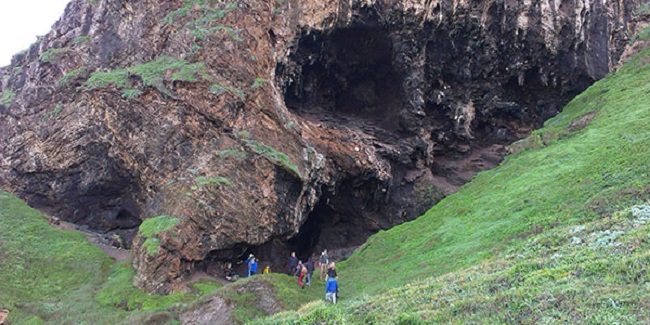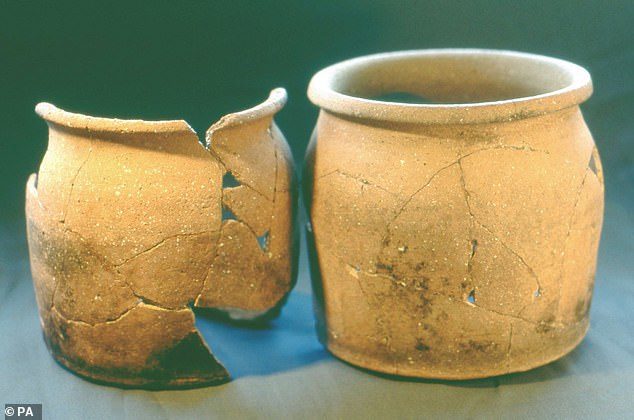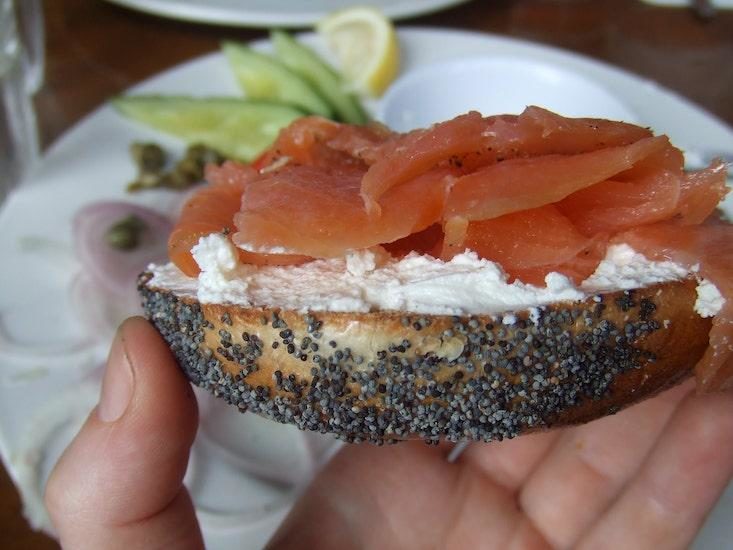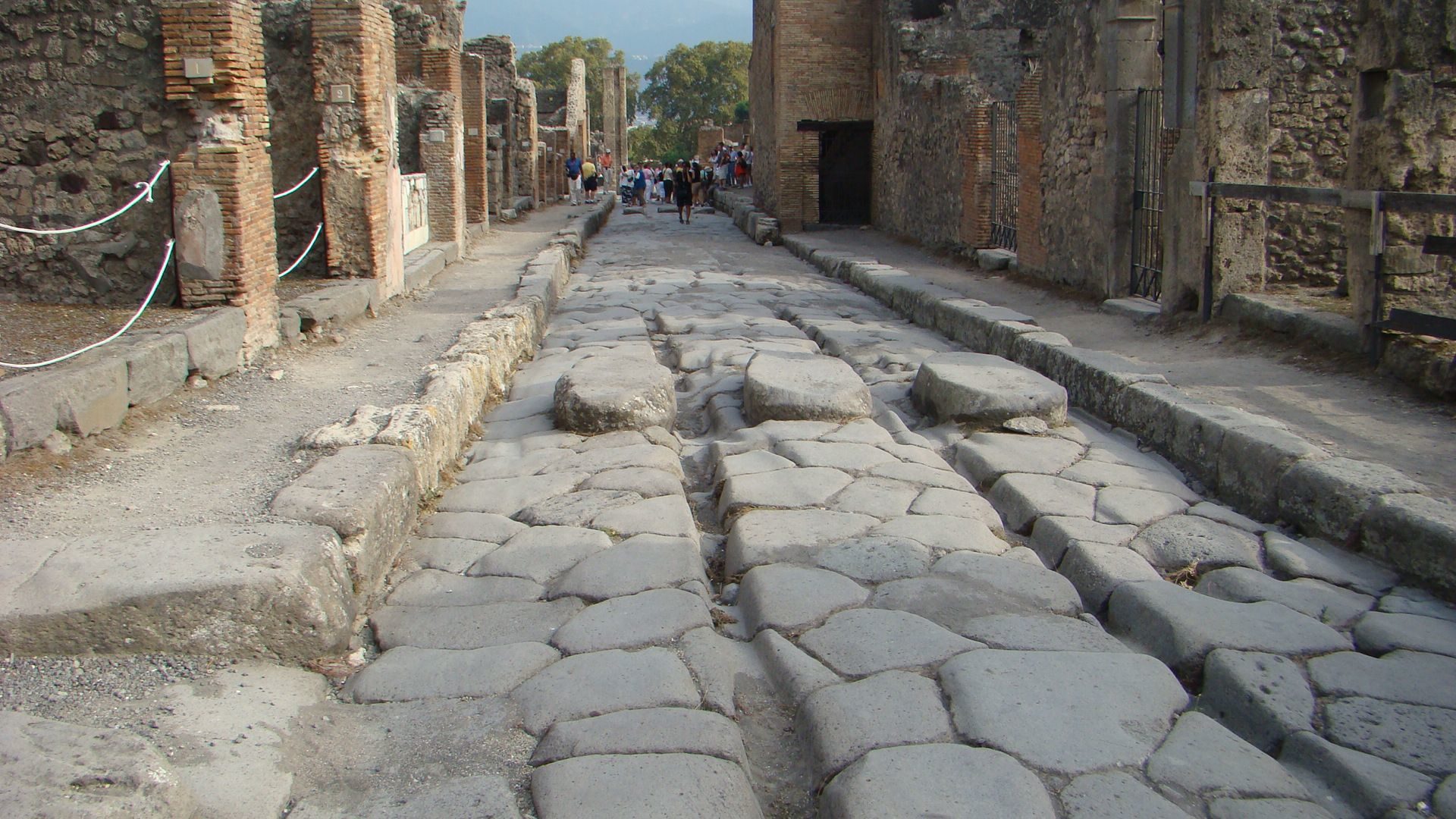
© Wits UniversityThe Klasies River cave in the southern Cape of South Africa.
Early human beings who lived around 120 000 years ago in South Africa were "ecological geniuses" who were able to exploit their environment intelligently.
New discoveries made at the Klasies River Cave in South Africa's southern Cape, where charred food remains from hearths were found,provide the first archaeological evidence that anatomically
modern humans were roasting and eating plant starches, such as those from tubers and rhizomes, as early as 120,000 years ago.The new research by an international team of archaeologists, published in the
Journal of Human Evolution, provides archaeological evidence that has previously been lacking to support the hypothesis that the duplication of the starch digestion genes is an adaptive response to an increased starch diet.
"This is very exciting. The genetic and biological evidence previously suggested that early humans would have been eating starches, but this research had not been done before," says Lead author Cynthia Larbey of the Department of Archaeology at the University of Cambridge. The work is part of a systemic multidisciplinary investigation into the role that plants and fire played in the lives of Middle Stone Age communities.
The interdisciplinary team searched for and analysed undisturbed hearths at the Klasies River archaeological site.
"Our results showed that these small ashy hearths were used for cooking food and starchy roots and tubers were clearly part of their diet, from the earliest levels at around 120,000 years ago through to 65,000 years ago," says Larbey. "Despite changes in hunting strategies and stone tool technologies, they were still cooking roots and tubers."




Comment: See also:
- Exploded skulls and vaporized bodies: Pompeii finds reveal horror of Vesuvius eruption
- Pompeii: Newest find shows man decapitated by rock during eruption of Vesuvius
- Pompeii was a full-fledged city before it was taken over by the Romans
- Archeological find changes date of Pompeii's destruction
- History textbooks contain 700 years of false, fictional and fabricated narratives
And check out SOTT radio's: Behind the Headlines: Julius Caesar - Evil Dictator or Messiah for Humanity?